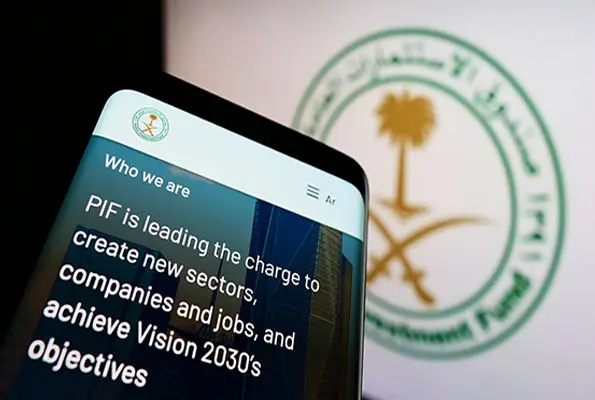A recent estimate predicts that Saudi Arabia’s economy will grow in 2024 due to robust non-oil activity, such as increased consumer spending.
According to a forecast by Al Jazira Capital, the Kingdom’s GDP is expected to grow by 4.4% in 2024, even with decreasing oil income, because the ‘Saudi Vision 2030’ diversification programs continue to support the non-oil economy.
The Saudi investment firm’s study stated that “increased consumer spending, low unemployment rates, and rise in non-oil private sector activities hint towards positive economic prospects for the country.”
The implementation of programs under ‘Saudi Vision 2030’ will spur growth in the private sector, which will support the GDP’s expansion. Growth in non-oil revenues would balance out weak oil revenue growth.
Saudi Arabia’s predicted GDP for the entire year is 1.5%, greater than the GDPs of developing nations (4%), the Euro area (1.2%), and the United States (4.5%), but significantly less than China’s (4.6%).
Due to output reductions, oil revenues are predicted to drop to SAR752 billion (USD 200.5 billion) for the entire year 2023, while non-oil revenues are predicted to rise to SAR441 billion from SAR411 billion during the same period.
The Public Investment Fund (PIF) will enable the government to expand spending in the medium run, which will help boost GDP from non-oil activities and lessen the drop in oil revenue.
AlJazira also pointed out that Saudi Arabia’s debt levels are reasonable and continue to be comfortable at 25.9% of GDP as projected, in comparison to other economies.
More Good News
In a news that will sweeten up things for the Kingdom further, a preliminary report by research consultancy Global SWF found Saudi PIF as the top spender among global sovereign wealth funds in 2023, thereby accounting for about a quarter of the USD 124 billion splashed by state-owned investors.
The Saudi fund boosted its deal activities from a total of USD 20.7 billion in 2022 to USD 31.6 billion in 2023, Global SWF noted, while noting PIF’s peers tapering down their spending. Overall, global sovereign wealth funds deployed 20% fewer funds compared with 2022, despite most major stock markets seeing a rally in 2023.
“This may signal an overly cautious approach, as there is no shortage of capital to put to work among these institutions,” the report noted further, while adding, “The clear winner was Saudi’s PIF, which has become a heavy-hitter both at home and overseas.”
The PIF, which as of January 2024 has total estimated assets worth USD 776 billion, is seeking a huge number of deals and joint ventures in its pursuit of ‘Vision 2030’.
The PIF even surpassed Singapore’s GIC, which had led spending by wealth funds since 2017. The Singaporean fund slashed its investment activity by 37% despite receiving one of its largest inflows from the Southeast Asian country’s central bank.
Also, the Kingdom’s benchmark index will witness a significant upside potential for 2024 from the current level, supported by earnings growth and higher liquidity.
“We estimate a fair value of 13,123 points as a case-based 19.0X P/E applied to our earnings estimate for 2024,” Aljazira Capital said in a report.
“Our base case fair value indicates an upside of 13.1% from the current level,” the report noted, while observing that the Kingdom’s Tadawul All Share Index (TASI) closed 2023 at 11,967 points.
“After underperforming the broader market in 2023, large caps will take centre stage this year due to attractive valuations. Moreover, blue chips will see increased foreign institutional investor flows,” Aljazira Capital said, while issuing a positive outlook on the Kingdom’s non-oil sectors like banking, retail, software & services, telecom and tourism.



